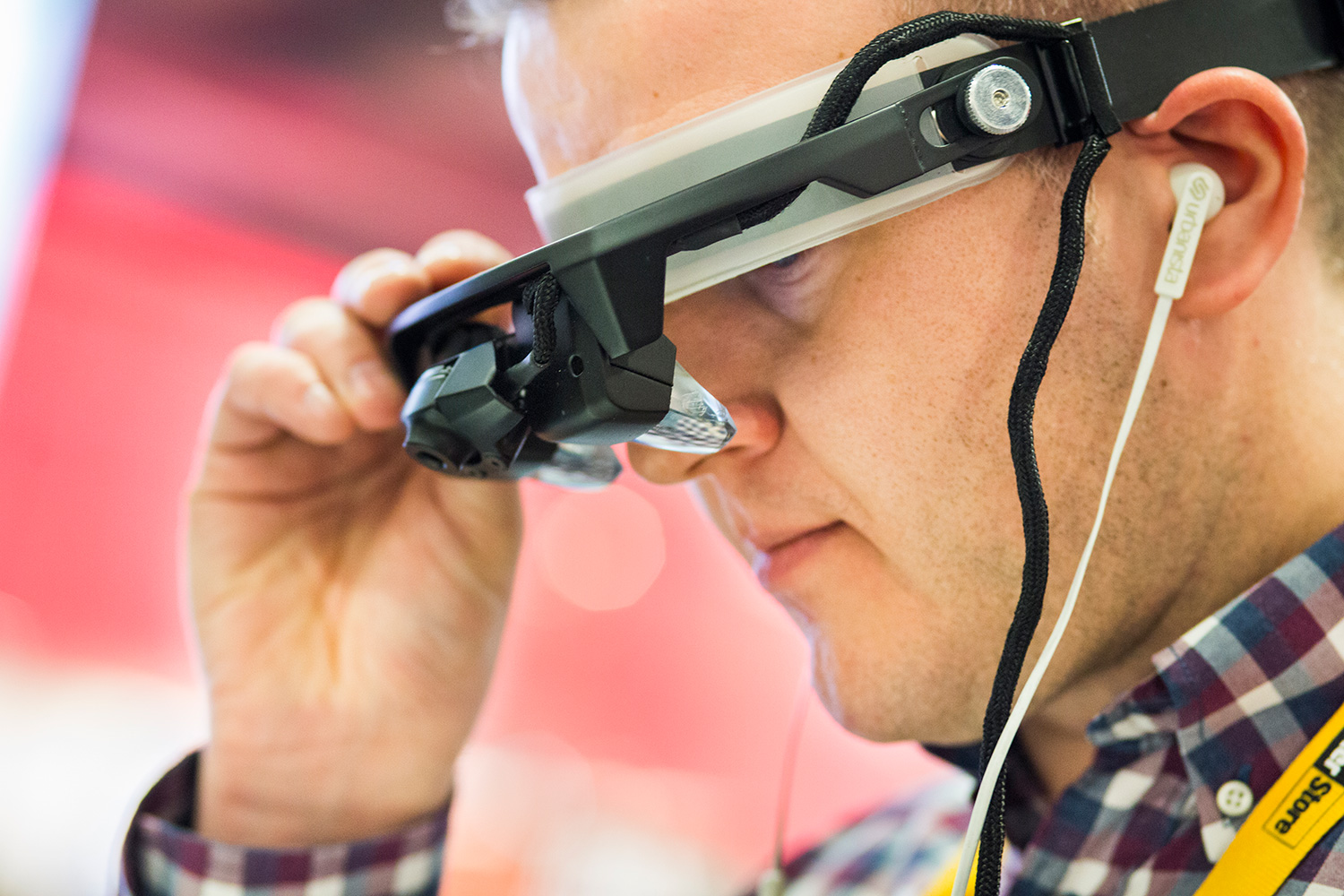Industry is digitalising and getting smarter! Interconnected machines generate large amounts of data that can be used to plan maintenance more efficiently.
This saves money, labour and the environment. But how does it work and how have others done it? We take this into account when planning programmes and activities in the following areas, among others:
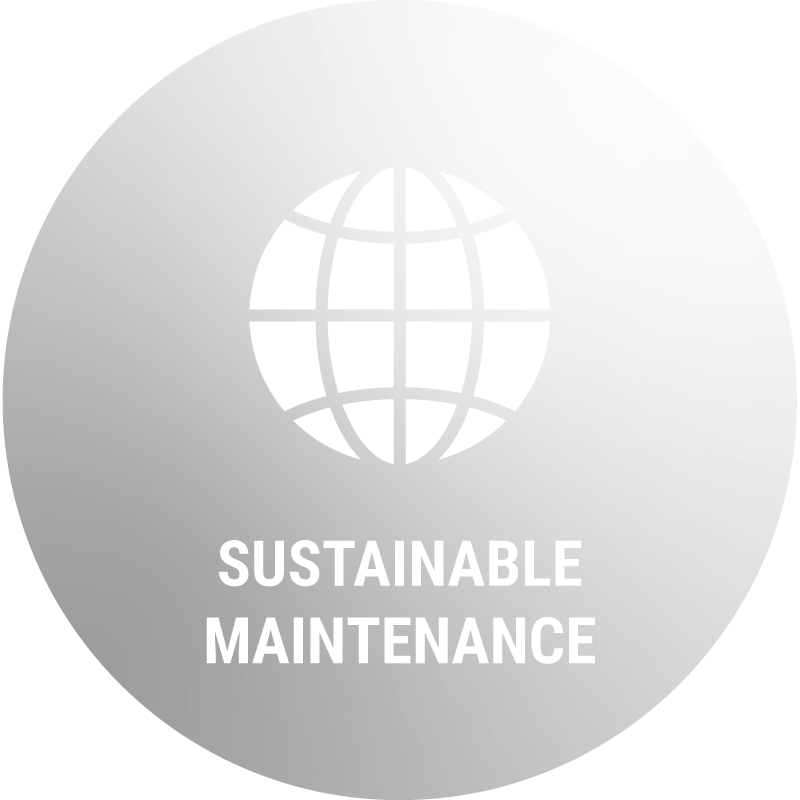
Sustainable maintenance stands for everything from resource-efficient utilisation to sustainable practices and methods. Modern technology provides new opportunities to deploy maintenance where and when it is needed. For us, sustainable maintenance also includes skills transfer and skills supply over time – perhaps one of the most important and competitive issues across industry
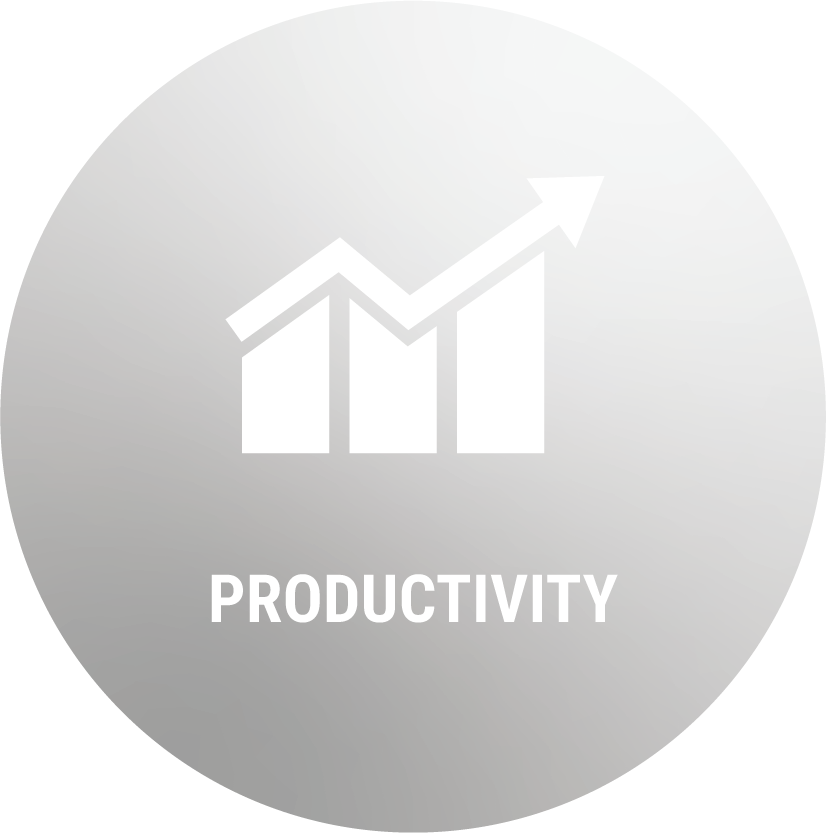
Through forward-looking development work and agile business models, it is possible to cut major costs. Successful maintenance work leads to resource efficiency and reliable operations, thereby contributing to increased productivity and profitability.
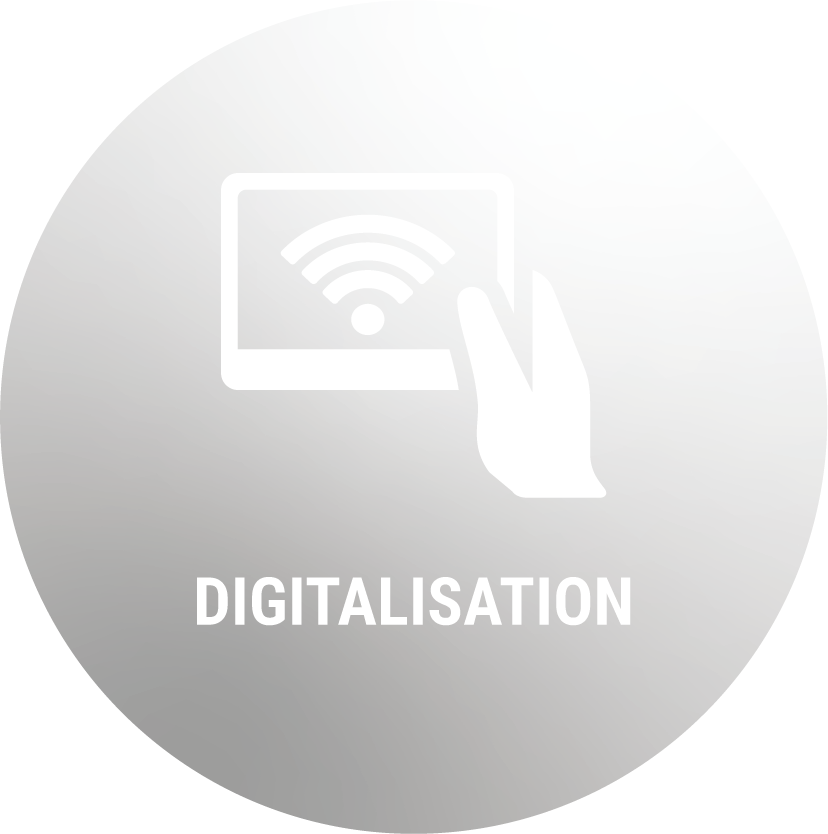
Connected factories and intelligent business systems offer new opportunities to perform predictive maintenance work where faults and defects are addressed before they occur. Data collection creates the conditions and basis for continuous learning and enables the exploration and utilisation of AI technology and data-driven decisions.
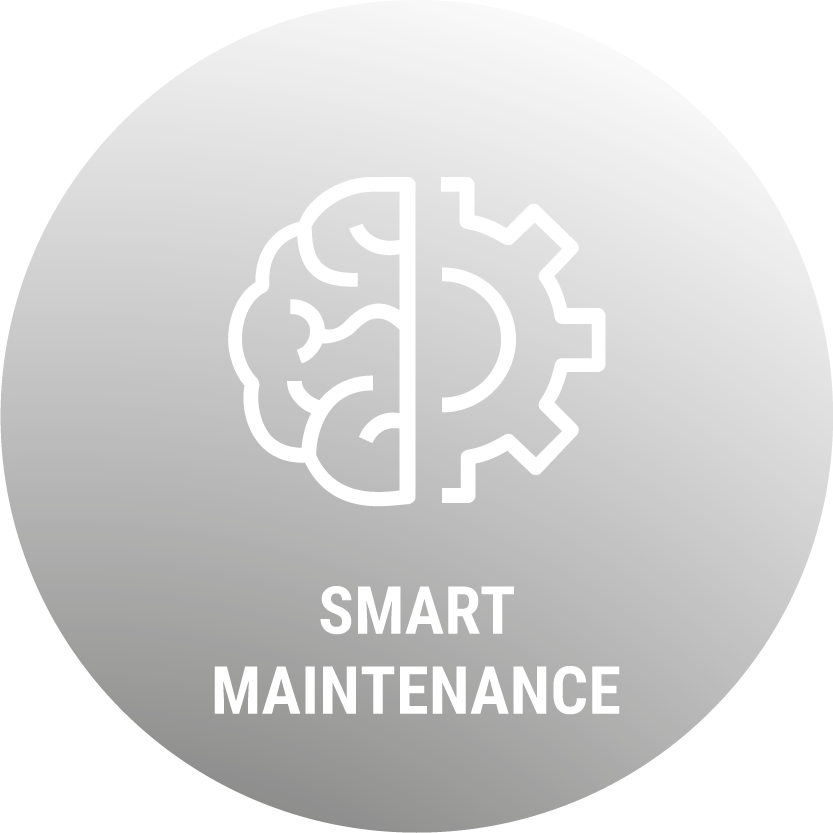
The fourth industrial revolution means that we are in the midst of a technological shift in industry. When processes and systems communicate directly, new opportunities arise to create intelligent, efficient and sustainable production systems in which maintenance efforts play a crucial role. This creates the conditions for new ways of organising and collaborating. Development is rapid and in many respects creating a smart factory with self-learning systems is challenging.
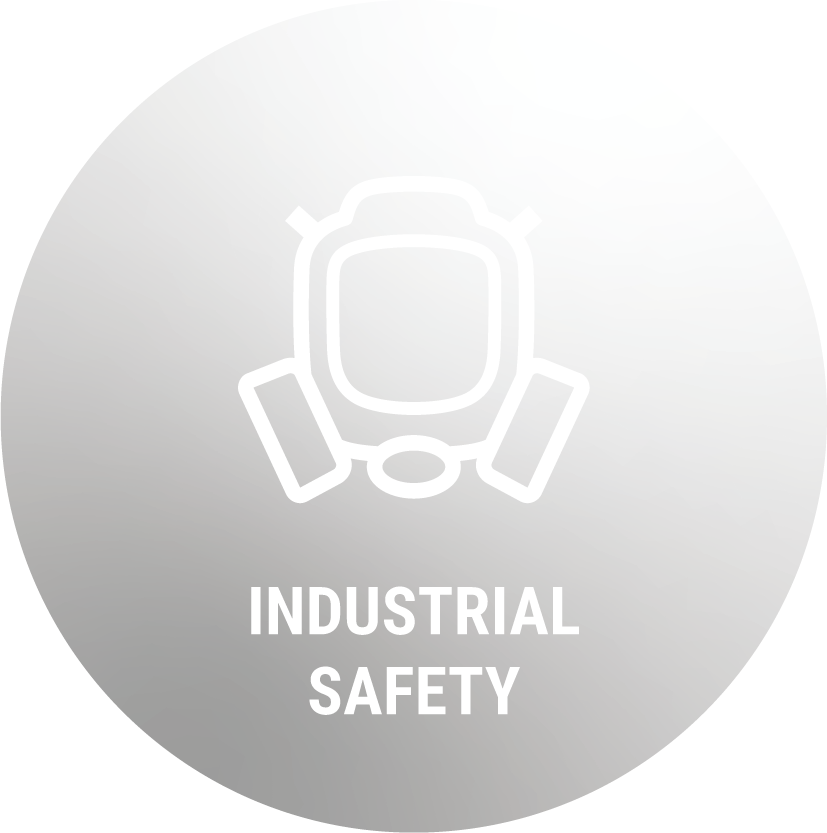
Digitalisation brings with it completely new business models, global marketplaces and working methods that generate enormous amounts of data. With the dependence on data also comes vulnerability and the need for clear security strategies – cybersecurity. Together with the maintenance sector’s players, we raise issues relating to both industrial security and personal protection, not least at the conference Skyddsombudsdagarna (Safety Officer Days ) on 14-15 March and on the Technology Stage, where there is a recurring programme item on the subject every day.
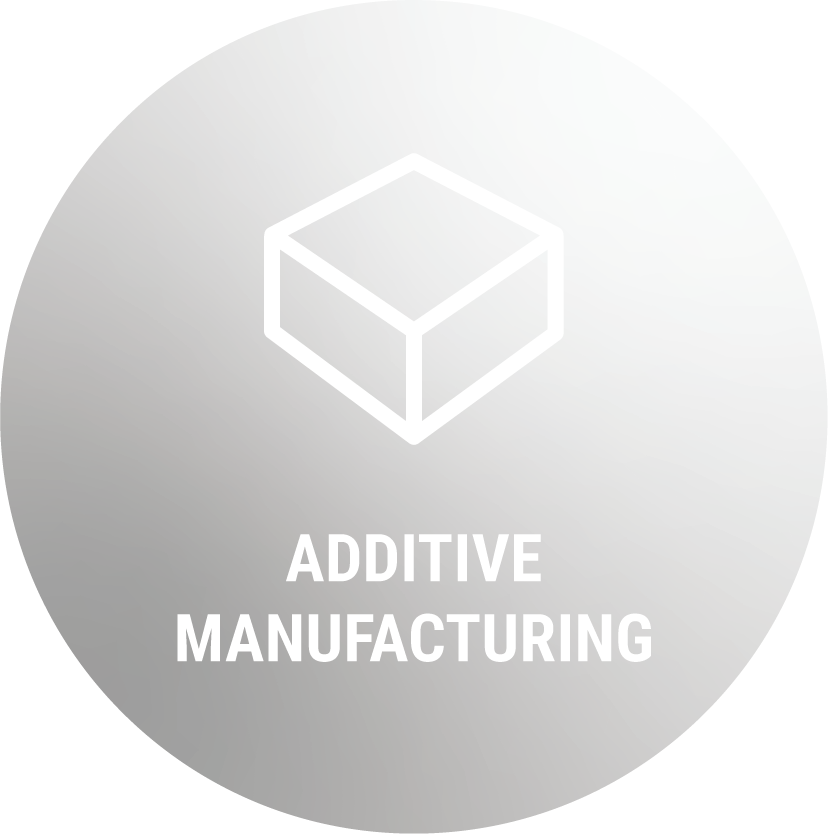
Industrial 3D printing and additive manufacturing are growing rapidly and generating increasing interest across industry. The Swedish Maintenance Fair monitors this powerful development in order to show, in a cross-industry way, how the technology can be utilised for increased availability and fewer stoppages. The development is really exciting from a maintenance perspective. As additive manufacturing technology becomes more established, the ability to produce more robust spare parts is increasing. 3D scanning will also make it easier to obtain spare parts quickly and avoid downtime. At the same time, questions about design protection, patents and safety factors are naturally raised in connection with the increase in additive manufacturing. We monitor the issue and take a deep dive into the subject. Don’t miss the Additive Intelligence 4.0 conference on 12-13 March in collaboration with the RISE Application Centre for Additive Manufacturing, the Swedish Maintenance Fair and the Swedish Additive Manufacturing Association (SVEAT).
Tell us about your biggest challenges! Perhaps there are also companies or people you would like to hear from at the fair? Send an email to [email protected] and we will get back to you.
